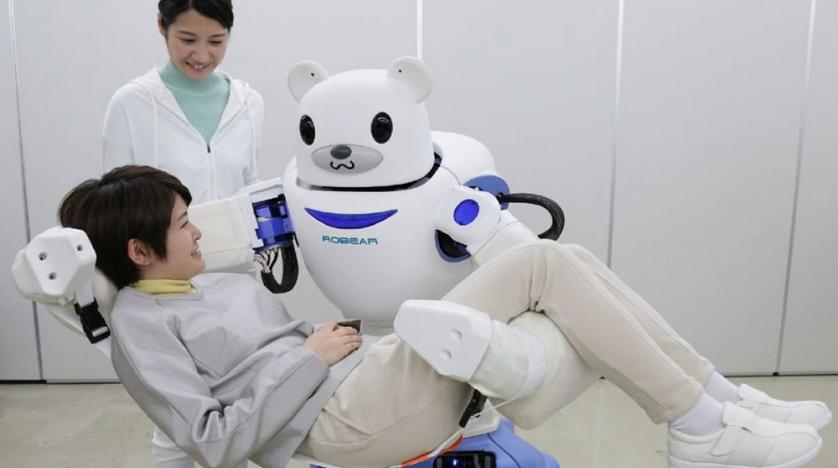Analysis has found that robots help improve educational and social skills foreign More studies are required to discover how to make these changes stick and translate to the real world. Consider robots that help children with autism in learning social skills. The software allows deaf students a more runny and participatory learning experience-data analysis to select the most effective approaches for noticing dyslexia.
These artificial intelligence-based explanations attempt to improve the detection, teaching, and assistance of people with learning difficulties. Some have already been implemented in schools, while others are still in the analysis stage.
 Social robots can interact with humans and help students of all abilities, including those with attention deficit hyperactivity disorder, hearing impairments, Down syndrome, and autism, learn social and educational skills. Because of their overwhelming numbers, children on the autism spectrum demand special attention. According to the Centers for Disease Control and Prevention, one out of every 54 children is concerned with autism.
Social robots can interact with humans and help students of all abilities, including those with attention deficit hyperactivity disorder, hearing impairments, Down syndrome, and autism, learn social and educational skills. Because of their overwhelming numbers, children on the autism spectrum demand special attention. According to the Centers for Disease Control and Prevention, one out of every 54 children is concerned with autism.
Interactive Robots for Autism
Interactive robots are the next generation of treatment selection obtainable to children with autism. These robots could be the key to stopping many of these children’s frustrations. With an enhanced technological system, parents have an alternative to the traditional ways obtainable for their children. Parents can use robot systems at home to teach and help their children practice daily life skills, such as hygiene and routines. This system could improve a child’s life, supplying education and essential life skills.
Inclusive Technology
Children diagnosed with autism spectrum conditions can experience difficulties in traditional school settings. In school, kids know how to interact with their peers, make friends, collaborate with others, and solve problems. These are essential components of living an expressive life. Today,s technology, particularly robot-assisted instruction, can set a new educational standard.
Using robotic technology, children with autism can learn life skills and involve themselves in more natural, organic situations.
The benefits of robotics in education
The benefits of robotics in education are necessary for parents, caregivers, and teachers who want to see their students learn and succeed. They are essential for the students. There are critical for the students. There are advantages to robotics in special education. By supplying a stimulating, hands-on environment, teachers can help their students discover the wonders of technology and embrace the opportunities it offers them. Robots-assisted technology releases learning barriers that students with autism face in a traditional learning model. They have access to a tailored curriculum organized specifically for children with autism and other needs. They can interact with an attractive, inviting robot that encourages them to take academic risks, persevere and learn from their mistakes. They serve as a social companion child with autism can trust and feel relaxed around. Importantly, they always provide positive support, which can be so helpful for learners.
















